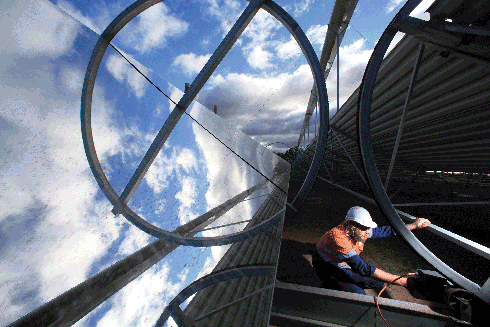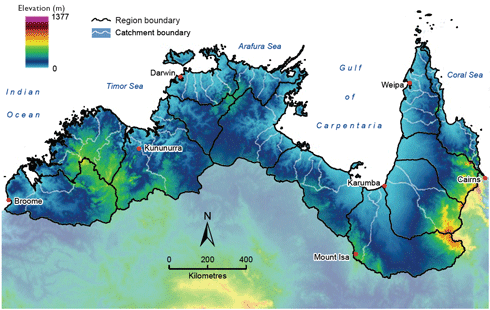
|
Published:
Tax breaks needed to keep us in the solar race, say experts
When Australia’s largest solar power project was put in the hands of an administrator in September – weeks after the Australian Government’s new 20 per cent Renewable Energy Target (RET) scheme was approved by parliament – it reinvigorated widespread public debate about the nation’s renewable energy future.

|
|
The clean energy sector is seeking stronger incentives from government to encourage investment in solar and other renewables. Credit: Liddell Solar Farm
|
The project – a 154-megawatt (MW) photovoltaic (PV) heliostat solar-concentrator power station to be built in Mildura, Victoria, by Melbourne-based Solar Systems – had been unable to secure enough private equity to supplement $125 million of funding allocations pledged by the Federal and Victorian governments.
In 2006, when it was first announced, the Mildura solar power project was described as the world’s largest, with the capacity to power 45 000 homes, reduce Australia’s greenhouse gas emissions by around 400 000 tonnes per year, and create hundreds of jobs in and around Mildura.
Media reporting of Solar Systems’ demise pointed to a number of possible causes – increased risk aversion among prospective private investors prompted by the global financial crisis, larger solar companies overseas undercutting on price, and allegations of restrictions on the flow of funding pledged by both state and federal governments.
Renewable energy expert Dr Mark Diesendorf from the University of NSW believes the Solar Systems venture failed because ‘there are currently no policy mechanisms for funding large-scale renewable energy in this country before 2012’, adding that the new RET scheme favours solar hot water and small-scale PV, leaving little incentive for development of large-scale and emerging renewable technologies.
To its credit, the Australian Government is attempting to close this policy gap with the recent announcement of a $1.365-billion Solar Flagships program to fund up to four large solar power stations with a combined 1000-MW capacity. The plan is to leverage the fund with $2 of state and industry funding for every $1 of federal money, providing a total $4.8 billion.
The Clean Energy Council (CEC) is among a number of renewable energy groups that welcomed the announcement, but has also expressed concern about the adequacy of the budget and the risks associated with ‘picking winners’.
In a recent submission to the government, the CEC stated that the proposed level of funding would not be enough to build a 1000-MW capacity facility, ‘particularly if the focus remains on bringing forward four large (250-MW) projects’.
‘The capital expenditure required to finance large 250-MW projects is considerable,’ the submission continued. ‘The CEC does not believe it is necessary to restrict the project size to four installations of up to 250 MW each.
‘The program should allow the flexibility of development to include smaller projects in addition to those at a larger scale.’
Clean Energy Council Chief Executive, Matthew Warren, told the Australian newspaper that the failure of Solar Systems highlighted the need for venture capital tax concessions and other incentives to attract private investors, on top of large government subsidies.
‘Developing emerging clean energy technologies is an inherently risky business,’ he said. ‘It’s been a tough year for all businesses to find investors and even harder for companies like these that are years away from providing a return on investment.’
This view was echoed by Dr Andrew Blakers, Director of the ARC Centre for Solar Energy Systems at the Australian National University, a key stakeholder in the federal government-funded Australian Solar Institute, set up to foster collaborative R&D in solar energy.
‘The federal government has put in place a suite of policies that begin the process of building the solar industry in Australia,’ said Dr Blakers.
‘I would strongly encourage the government to greatly increase support for commercialisation and manufacturing of solar products in Australia, in order to ensure that Australian companies are competing on a level playing field with companies from other countries.
‘The alternative is that solar energy products to service the Solar Flagships and RET programs and the burgeoning solar market will be imported, with a poor industrial outcome for Australia.’



